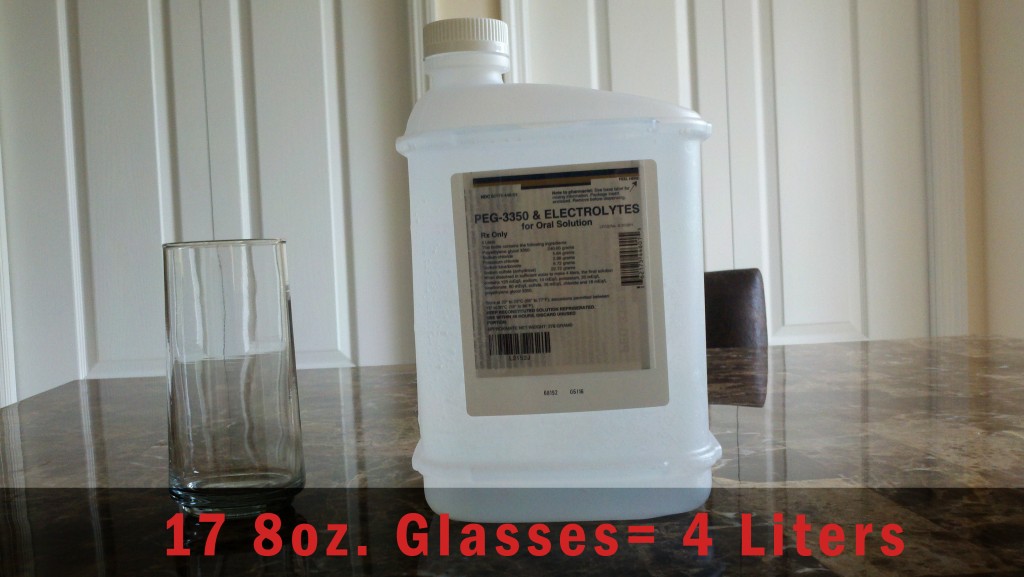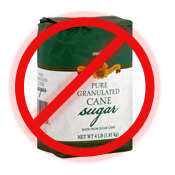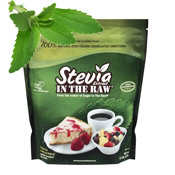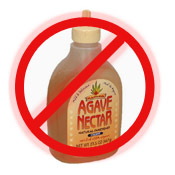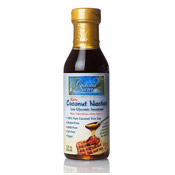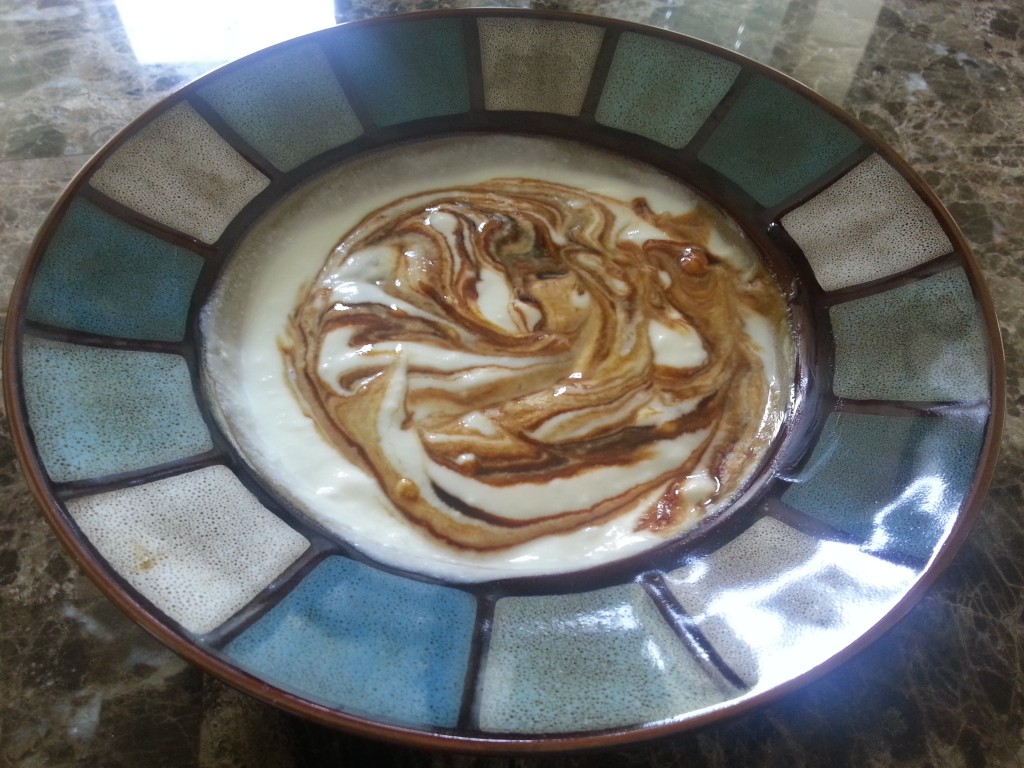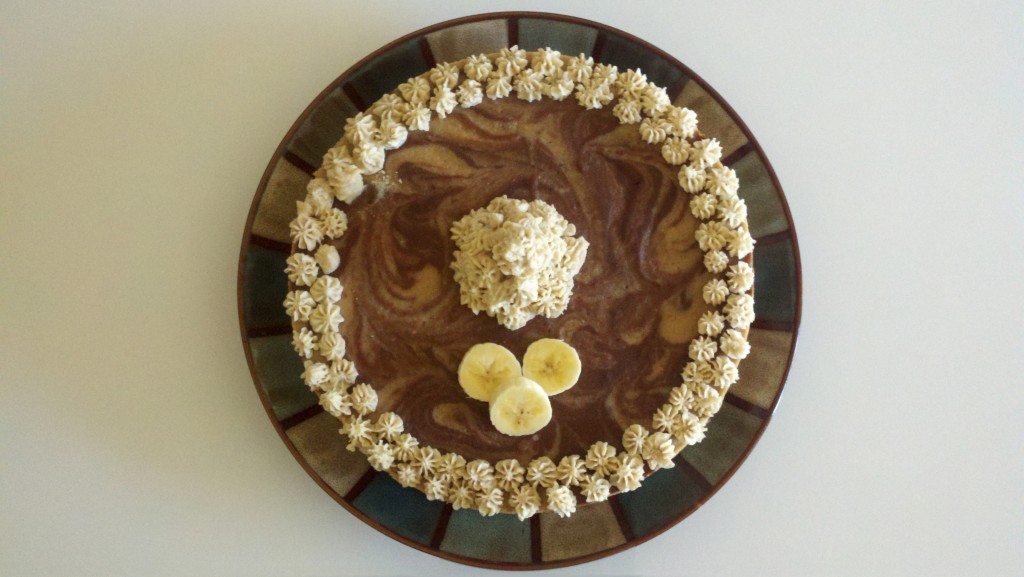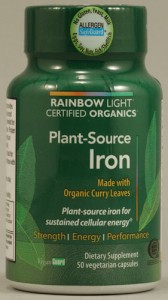Autoimmune Medical Breakthrough and Holistic History of 2012
Imagine driving your car from New York to Chicago at night. You know where you need to go, but you can only see a short distance in front of you. By faith I knew this issue was gut-related, but I had no idea how to fix it. Here is how I arrived to my medical breakthrough in 2012:
Healing Holistically
In the beginning, I changed my diet completely by doing a 21-day reboot (A – see diagram below). Through this Vegan regimen, this allowed my system to start detoxifying what I thought was healthy for so many years – calorie-counting, low-fat, Standard American Diet (SAD). Within 3-weeks I lost 14 pounds and continued thereafter. After 3-weeks, my sustainable diet focused on the No-Starch / Low-Starch Diet (NSD/LSD) and I stopped eating Vegan completely. Throughout 2012, adding supplements, avoiding certain foods, and taking tests improved my condition over time.
The Damage
Coming off Enbrel (9+ years) was (what I could imagine) getting off of heavy drugs like cocaine. Like a dam, my immune system was being held back and when I stopped taking Enbrel, the floodgates opened 3-4 weeks later. I continued to have serious symptoms which tested me more physically, mentally, and spiritually than any other time in my life and found solace in God, the love and care of my parents, and taking Ibuprofen while my condition slowly improved over the next 6 to 9 1/2 months.
The Autoimmune Medical Breakthrough
In April 2012, I took a series of blood tests that showed off-the charts inflammation markers (SED rate, C-Reactive Protein, etc.). At that time it was hard to pinpoint exactly what was going on until my body got over the Enbrel effect. As the months went by, I learned more about the foods I should not eat (food intolerance – Cyrex Test), foods I needed to focus on (vitamin deficiency – Metametrix Test) used supplements to build me back up. On the 8/21/12 comprehensive blood test, my D.O. had enough comparison data (EX. SED rate went from 101 to 37) to see my Hemoglobin/Hemocrit was low and might be sign of anemia.
Based off the 8/21/12 comprehensive test, I saw a Hematologist and discovered I have slight anemia (TEST DATA). The 1st page shows the iron deficiency, 2nd shows the out-of-range blood levels, 3rd page is blood in stool (internally bleeding) (D), and the last shows the percentage off of the normal range with anemia. Although my Hematologist only focused this issue on my hemorrhoids, my D.O. and I both agreed there was more going on and sought out a Gastrointerologist. Listed below are the three tests that have lead me to my autoimmune medical breakthrough:
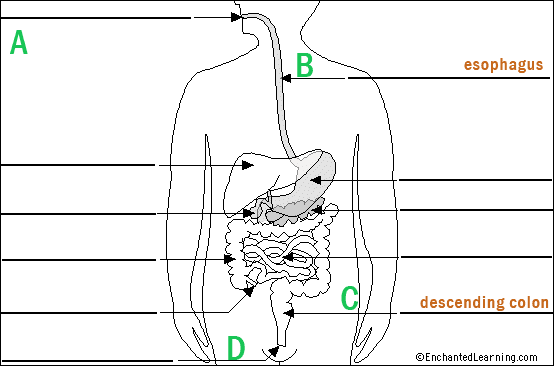
- My Autoimmune Digestive System Diagram
- Prometheus IBD sgi Diagnostic Blood Test (RESULTS – 1st Page)- the blood test shows focus on Crohn’s Disease – inflammation of the large and small intestine (colon).
- CT Abdomen and Pelvis Scan (RESULTS – Page 2-3) – In this test, you drink a bunch of barium, get injected with iodine, and have a balloon device in the rectum area. The CT scan reveals ulcerative colitis and compression of the distal esophagus (B). Other info on the CT scan were confirmed by doctor as normal or a part of the inflammation issue: Cysts in kidneys, the Jejunojejunal intussusception, and the fat surrounding descending colon (C).
- Colonoscopy and Endoscopy (11/19 procedure, follow-up every 2 weeks) (A-D) – NOTE: I am providing preparation & procedure details so anyone who is thinking about doing this understands the sacrifice they need to make for the results.
2 days prior to the procedure, I could not be on any of the ibuprofen I had been taking for most of 2012. I planned 2 1/2 weeks to get from 2-3 ibuprofen per day down to 1-2 per day. The day before I fasted (food) and had to drink 4 liters of this:I eased into this by taking 1 glass at 2,3, & 4pm. From the hours of 5-10pm I needed to take a glass every 15 minutes. As you can imagine, this flushes out your system by going to the bathroom many, many times (so much so your bottom gets raw). Next morning at 8:30am I had to finish off with an enema and I was prepped for the procedure at 11:00am.
Before they begin the procedure, I was put under anesthesia and did not remember a thing. I woke up feeling a “next-level of health” better without any anesthesia effects, no food, and no water. I woke up drinking some water, driven home by my parents and finally eating some soup around 1-2pm.
The Colonoscopy and Endoscopy Results
The doctor had taken some biopsies and confirmed I had Ulcerative Colitis (U.C.) and Gastritis (which may have been caused by taking Ibuprofen throughout the year) along with Grade 1 hemorrhoids (do not prolapse). Also I tested negative for H. Pylori (gut bacteria that causes inflammation) and may have gotten rid of this using the Pyloricin supplements I took in late February. Along with a modified / healthier low-residue diet for two weeks, I need to take these medications:
- Prednisone – Take 3 tablets every morning for 2 weeks.Take 1 tablet in the morning and one at night for the next 2 weeks (12/4-12/17). Evaluation 2-weeks later (12/17). This basically replaces the anti-inflammation in ibuprofen, I feel phenomenal throughout the day and I can start to do the normal activities I once dreamed about when I was at my worst. In fact, I even get surges of energy late into the evening (EX. cleaning my bathrooms like a mad man from 9-10pm – I never do that…never). At around 2am it wears off & it becomes difficult to sleep. Mornings were the worst (especially days 2-4), but got tolerable afterwards (inflammation around 7 out of 10, days 2-4 & 4-5 after day 4). Reducing the dosage will lessen my side effects (increased acid production, runny nose, spikes in energy). Prolonged usage is not good and hopefully taking one in the morning & one at night will keep things even and I can get better sleep.
- Omeprazole – Because of the acid reflux & production with the Prednisone, this drug acts as an acid inhibitor similar to Prilosec OTC. Take one in the morning and I usually have to take an hour nap after I eat breakfast due to drowsiness so I can start my day right. Once I get off the Prednisone, I get off Omeprazole.
- Asacol HD – For the treatment of moderately active ulcerative colitis and prevents it from recurring. I take 2 in the morning and 2 at night with meals. Once I get off the other two drugs and my symptoms are done (formed stools, no mucus, no inflammation break-outs), I can stop taking Asacol HD.
The Benefits After the Procedure
In the 2-weeks after the procedure, I’ve seen major improvements mentally and physically. Although these benefits are amplified with the usage of Prednisone, there are times when I could tell it wearing off. As each week progresses, I am feeling more of the benefits below with or without the Prednisone in my system.
- Day 4 – 2 weeks after the procedure, my inflammation went down to tolerable levels in the mornings and I’m completely off ibuprofen.
- Day 4 – 2 weeks receiving major boosts of energy and mentally clairvoyant throughout the day. I work out 3 times a week at my local gym and have seen major gains in strength. Spikes in energy are too much in the evening time and hard to sleep.
- Although I’ve only tried this today (12/4), moving the Prednisone dosage to 1 in the morning and 1 at night allows me better inflammation coverage (along with less soreness & stiffness), better sleep, and no spikes in energy levels.
- Getting in/out of bed is so much easier now & I don’t need to use the rope to get out of bed (although it does make it easier).
- My weight is gradually increasing. As of 12/3, I now weigh 131lbs, 18.33 BMI
- Wider range in foods. For example, I have tested and can now eat waxy potatoes (ex. red-skin potatoes) where I could not before. More details on my new diet below.
- My shoulders are not as sore getting out of bed during the night.
- No need to fast, Colonics or anything to flush out my system per doctor’s 2-week follow up suggestion.
- I don’t have the urgency anymore to go to the bathroom in the middle of the night. My cortisol levels must be normalizing now (see spike on page 2 of Figure 1 graph to see the spike from midnight to 8am – test done on 4/18/12).
- I’m able to sleep on my side up to 2 hours maximum.
- Range of motion in my neck is finally better. During my massage on 11/20 (1 day after the procedure), my massage therapist noticed a major improvement in my neck’s range of motion.
- Other symptoms I didn’t mention above & are listed in my 6-month review are either gone or haven’t been tested yet.
- Friends say I look better. One comment that stands out is “you don’t look like a prisoner from a POW camp anymore”.
- Mentally I’m much happier because I can do much more; be more productive at work (or making this blog), seeing people without always needing to do stretching exercises, sitting down at dinner with a friend without needing to get up due to pain, working out, dancing, and knowing that I can start working on my bucket list. Lastly, I’m happier because I know that the faith I had in God was not in vein. He directed my path and the hard work I did is paying off.
Symptoms Still Needing to be Resolved
- I’m slightly limping due to inflammation pinching my neve(s) in my hip areas. But the pain is far less than when I started exercising back in early July.
- Bowel movements are still muddy and I still have mucus. In order to get off the medicine, the bowel movements need to have form and I can’t have the mucus.
- Need to go to the bathroom 3-5 times a day. I need to be one in the morning and one at night.
- I am still not able to have a full night of sleep and battling stiffness / soreness. However, the pain getting out of bed is much less and am able to get back into bed quicker. Sometimes I am able to do exercises within the bed & go back to sleep. I usually wake up 2X per night.
- Although I cannot confirm, I still have to take an iron supplement for my anemia & a B-complex supplement detailed from the Metametrix Test (taken on 6/6). When the supply runs out of the B-complex, I will test & see if I need anymore.
New Diet Plan – Specific Carbohydrate Diet (SCD)
During my 2-week follow-up, I explained how I use a modified version of the low-starch diet (LSD). The doctor gave me a diet plan they follow for people with U.C. / IBD / Crohn’s called the Specific Carbohydrate Diet (SCD). Both utilize the same theory where eating specific foods cause bad bacteria to grow. The difference is which foods these diets choose from. In most cases people modify the SCD & NSD / LSD diet based on food intolerance tests & whether they flare-up (autoimmune kicks in & inflammation spikes).
Listed below are SCD foods to avoid and foods allowed (via WebMD):
NOTE: I will modify this list based on my food intolerance tests.
The following foods are allowed in the diet:
- Vegetables (except canned)
- Legumes (except the ones noted below)
- Unprocessed meats, poultry, fish, and eggs
- Natural cheeses (except those listed below)
- Homemade yogurt fermented at least 24 hours
- Most fruits and juices without additives
- Nuts,
peanuts in the shell(past issues where peanut got stuck in the colon), natural peanut butter - Oils: olive, coconut, soybean, and corn
- Weak tea and coffee
- Unflavored gelatin
- Mustard and vinegar
- Saccharin
Foods and ingredients not allowed on the SCD include:
- Sugars: lactose, sucrose, high-fructose corn syrup, fructose, molasses, maltose, isomaltose, fructooligosaccharides (FOS), and any processed sugar – my list of sugar alternatives are safe for me to eat in moderation.
- All canned vegetables
- All grains: anything made from corn, wheat, wheat germ, barley, oats, rye,
rice(my results), buckwheat, soy, spelt, and amaranth - Some legumes: chickpeas, bean sprouts, soybeans, mung beans, fava beans, and garbanzo beans
- Starchy vegetables:
potatoes(tried 3-4 days ago and no issues), yam, parsnips,seaweed products(eaten plenty of sushi-wrapped Nori seaweed with no issues), agar, and carrageenan - Canned and processed meats (I buy Wild Alaskan fish and I’m fine)
- Dairy: milk, milk products, ice cream, whey powder, commercial yogurt, heavy cream, buttermilk, sour cream, and the following cheeses: ricotta, mozzarella,
cottage cheese, cream cheese, feta, processed cheeses, and cheese spreads – for me, the more processed, the more chance of a flare-up. The lactobacillus helps my digestion. - Canola oil, commercial mayonnaise (I use Soy Free Vegenaise), commercial ketchup, margarine, baking powder (I use 1 part baking soda to 2 parts cream of tartar), and
balsamic vinegar - Candy,
chocolate(small amounts are fine or homemade with cacao powder), carob
- Chicken wings (removed fried outer area) with bleu cheese dressing – no flare-ups
- Jambalaya pasta over Rice – no flare-ups, slight energy drop afterwards. Offending food might be in the mild Cajun cream sauce.
- Red skin potatoes (homemade) – no flare-up
- Peppermint Breakfast Date Brownie (Local baker from farmers market) – Ground dates, butter, unsweetened chocolate, almond milk, eggs, ground almonds, sweet rice flour, tapioca flour, vanilla, raspberry vinegar, cocoa, peppermint extract stevia, salt, baking soda – took for dinner, flared up at night & throughout entire next day. If I had to guess it was the rice or tapioca flour.
What’s Next?
- To celebrate the hard work done this year, I leave for a 4-day dance cruise tomorrow. It will be the first time I have no control over the food I prepare and the first time I will be testing out both my dancing and sea legs. Good timing? Nope, God’s timing.
- On 12/17 I will also have a comprehensive blood and anemia test done and reviewed.
- Also on 12/17 I have my 2-week follow up with the gastroenterologist.

